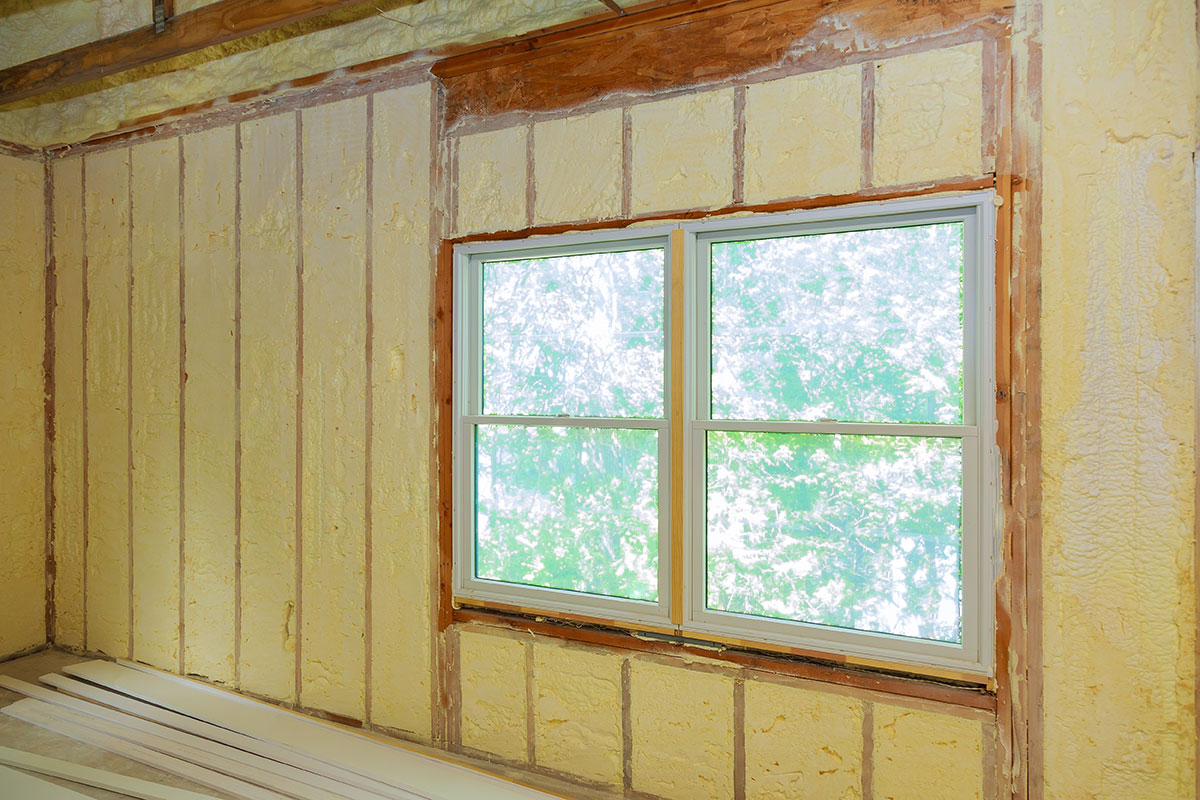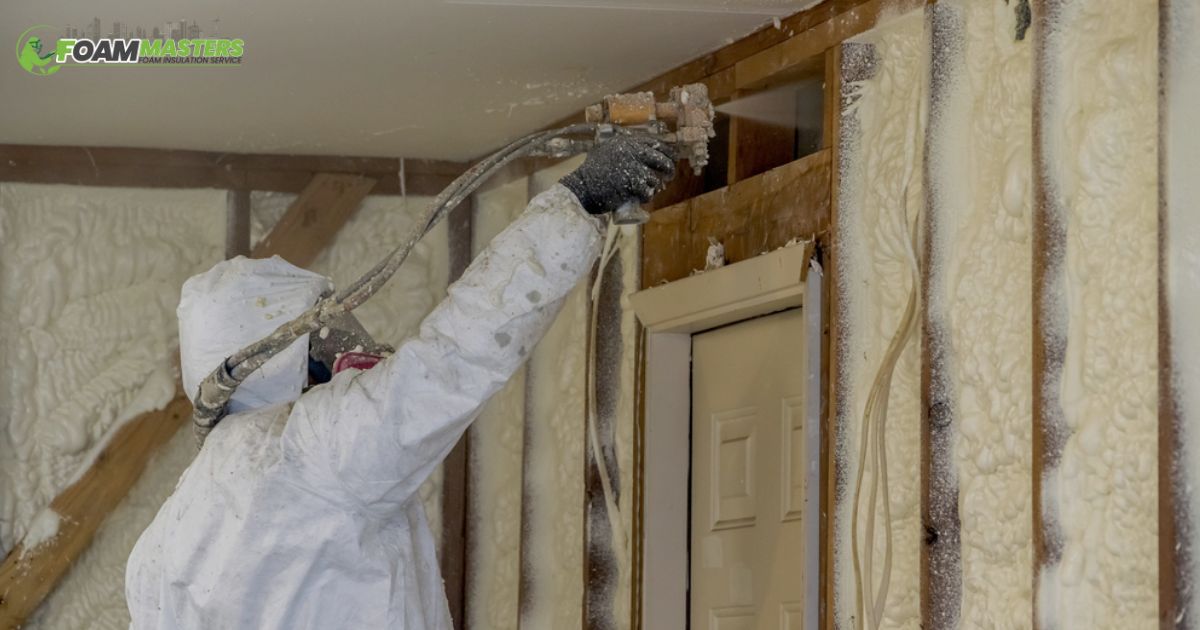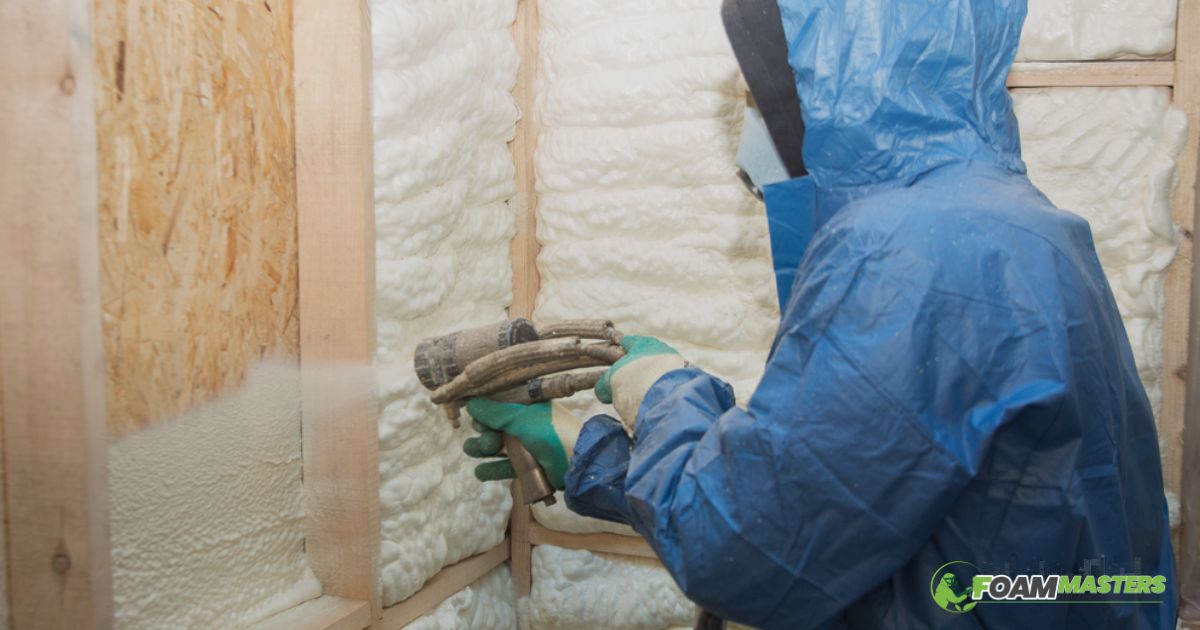In this article, we address one of the most common questions we get from customers – what is “Open Cell” and “Closed Cell” foam?
Basically, there are two types of polyurethane foam: open cell and closed cell. The difference between them lies in the way their bubbles or cells are arranged. In an open-cell foam, they touch each other while in closed-cell foam, they are separated by thin walls.
Open Cell Foam Structure
By definition, open-cell foam has a partially hollow structure.
In the case of polyurethane foam, open cells are filled with a gas that is usually air or any other gas that can be blown into the mixture in a chemical reaction process.
Open-cell foams have low density and high buoyancy which makes them very comfortable to sit on. However, they do not offer good support because the walls separating the bubbles provide no resistance against compression. In essence, they behave like tiny water balloons inside your furniture. That is why people often describe sitting on open cell foam as “sinking” into it.
Closed Cell Foam Structure
In contrast, closed-cell foams have their bubbles completely surrounded by solid material instead of empty space between them (which is the case with open cells). The walls separating their bubbles are very thin but strong enough to be almost completely resistant to compression. That’s why closed-cell foams offer extraordinary support, especially against pressure (e.g., sitting on your couch), and don’t deform easily under load. However, they do not have much buoyancy which means that they will not lift you up in the air as open-cell foam would.
ALSO READ: FIBERGLASS OR SPRAY FOAM INSULATION: WHICH IS BEST?
Closed Cell vs Open Cell Foam: Which Should You Choose?
Both closed cell and open cell foam have their own advantages and disadvantages.
In general, a good rule of thumb is that a higher density – the weight per cubic foot – will provide more support, but at the expense of comfort. A lower density foam will offer less support but be more comfortable. However, there is no free lunch so keep in mind that, by choosing a softer surface to sit on, you may feel as if you are sinking into it with all your weight which could cause fatigue. In addition, an extremely soft or “cushy” surface might not provide enough back support for certain tasks such as typing at a computer desk.
Closed-cell foam has many advantages over its open-cell counterpart: it offers much better support, lasts much longer and is not affected by moisture. Closed-cell foam has similar or better quality in terms of comfort but it will cost you more since its chemical blowing agent is more expensive than air. That’s because it requires a much smaller quantity of gas to fill the cells completely. However, it won’t do you any good to have an extremely soft closed-cell foam that will take ages to return to its original shape after compression when someone sits on it.
Are you looking for the best closed-cell foam structure spray foam for your ceilings? Foam Master USA offers top-quality closed cell spray foam service for many different projects such as building insulation, home theater insulation, and soundproofing. We will be glad to help you find the right solution for your particular needs.






